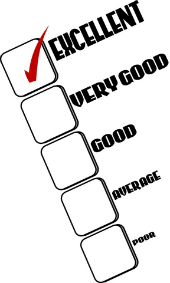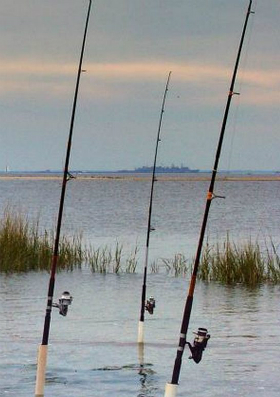Step 10: Using Rich Media to Engage Your Site Visitors
Okay, you’ve chosen your keywords and phrases, optimized your website content for SEO, and submitted your site to search engines. But how visually appealing are your web pages? Reading an all-text page can be as boring as watching paint dry.
In this step of your SEO tutorial, you’ll learn to enhance your web pages for user engagement — and higher visibility in search engine rankings — using engaging, multimedia content.

Images, video, audio, animations, infographics — these and other types of rich media can take your web pages from ho-hum to excellent. We call them engagement objects: any non-text element you can embed on your website that helps users connect and engage with your content.
When you combine engagement objects together with text, you create multimedia content that helps keep visitors on your website like bees on blossoms!
The search engines want to provide the most relevant and engaging results to their users, so including multimedia content on your web pages can actually help your website rank higher in search results.
In this lesson, you’ll start thinking of ways to add rich media to your web pages. You’ll also learn about different types of content you can use to improve your website’s SEO visibility in search results for more engaging web pages that are not only search-engine friendly, but user-friendly too.
How Rich Media Can Boost Your Website Rankings
Search engine results pages (SERPs) often give searchers a blend of different types of content, all within a single set of web results. Blended results may include web pages, images, news, shopping and more. Remember that the search engines want to serve their “customer” (the searcher) the most satisfying set of results possible. It makes sense that they would present a buffet of different result types to choose from, especially when the searcher’s intent is not entirely clear.
Incorporating multimedia items into your content makes your web pages more appealing to engines and searchers alike, and more competitive against other pages that may not be as multimedia-rich and engaging.
In addition, your rich media content elements can rank in the vertical search engines. When people want to limit their search to just one type of result, they can choose one of the specialty, vertical search engines highlighted below:


Catch more search traffic with many content types.
Photo by Bruce Berrien (CC BY 2.0), modified
For example, hosting videos on your site gives you a chance to be found in web searches AND video searches. Similarly, a fancy infographic could boost your web search visibility AND rank on its own in image searches. This opens an entirely new arena where you can be found by people searching specifically for these types of content.
When you have content types showing up in blended web search results as well as specialty search engines, you basically have more hooks in the water to catch web traffic with — and that’s good for SEO and the bottom line.
How’s Your Site’s Rich Media Experience?
Do a quick search on a keyword or phrase you would like to rank for and visit the websites of your top three to five SERP competitors.
What kinds of engaging elements are being used (or not used) on their websites?
Do you see ways to enhance your marketing strategy using multimedia content elements you can see, hear and/or click? Without these engagement objects, your site may not rank as high as competitors who do have them.
The most engaging websites:
- Make use of original rich media elements
- Are seen as higher quality, and
- Have more opportunities to rank in SERPs as a result.
Adding rich media to your web pages and creating multimedia content are important parts of the SEO process and should not be overlooked.
Once you’ve identified ways to enhance your website with engagement objects, be sure to optimize them for your keywords and phrases, just as you would any other piece of content (more on that in the next lesson!). Now, let’s look at the different types of content that are most commonly used to engage website visitors and improve user experience.
The Nitty Gritty: What is Rich Media?

Create rich media engagement objects
to make your website more engaging!
There are many types of content you can add to your web pages to help improve the visibility of your website in SERPs.
Rich media includes any content elements you can see, hear or click, such as videos, images, audio, maps and charts. Use any of these as tasty garnishes to complement your main course of text on any given web page.
Videos and images are among the most commonly used forms of engagement objects that have made their way to the top of SERPs.
Just to whet your appetite, here are nine types of rich media elements you can use to increase engagement and conversions on your website:
- Videos
- Photos and other images
- Audio clips and podcasts
- Slide presentations
- Infographics
- Flash or GIF animations
- Polls and quizzes
- Maps
- Graphs and charts
With so many choices of rich media objects that could engage new and returning visitors, you probably have some creative ideas bouncing around. The next step in the SEO tutorial explains each type in more depth, and teaches you how to use and optimize rich media to create multimedia content that will serve users and help you rank higher in search results.
Need more SEO tips?
See more on Blended Search or Web Design
Related blog posts and articles:
Make an Online Photo Engaging: Tools and Rules to Help Edit Images
Create an Infographic for Free (Seriously)
Engagement Objects Idea Generator for Content Marketing
How to Make a Graphic-Text Mash-up to Promote Content



